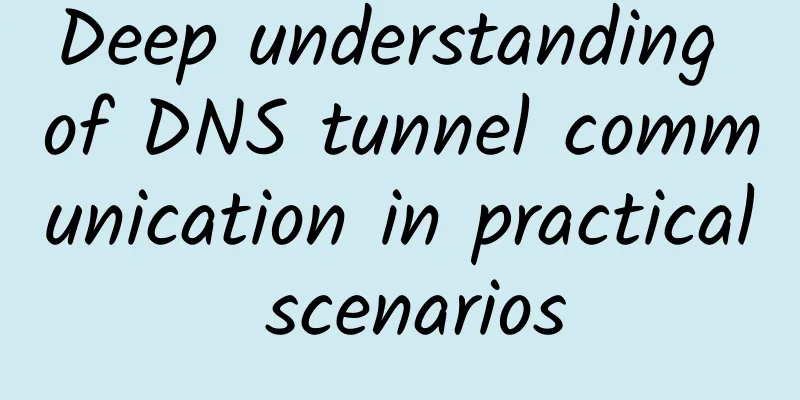Radio Administration Bureau explains 5G frequency planning: 3GHz to 6GHz take the lead

|
5G frequency has been a hot topic at various wireless technology forums this year. At the "Future 5G Information and Communication Technology Summit" on December 3, Kan Runtian, inspector of the Radio Management Bureau of the Ministry of Industry and Information Technology, interpreted the radio management department's considerations on the application of 5G high-frequency bands.
In July this year, the US FCC released the allocation of 5G high-frequency band resources, involving 28GHz, 37GHz and 39GHz. Recently, the European Union also released three-level frequency planning, involving 24GHz-27GHz, C-band 3.4GHz-3.8GHz and 700MHz low-frequency band application planning. The country's 13th Five-Year Plan has made it clear that it will find and reserve spectrum resources of no less than 500 MHz for 5G during the period. In January this year, when the country approved the 5G trial, it allocated 200 MHz in the 3.5G band to support it. Recently, it also approved two vehicle networking experiments based on LTE-V technology applied by the 5G Promotion Group and the In-Vehicle Information Alliance. Kan Runtian said that for the 3GHz to 6GHz frequency band, based on the upcoming revision of the frequency allocation regulations, the radio management department is preparing to allocate the 3.3GHz-3.4GHz, 4.4GHz-4.5GHz and 4.8GHz-4.99GHz frequency bands to IMT applications, and the coordination has made positive progress. The frequency bands above 6G will not be used until around 2019. This means that the 3GHz to 6GHz frequency band will serve as the vanguard of China's 5G development. At the same time, radio management departments are also paying more attention to the frequency bands above 20GHz. It is reported that the frequency bands from 20GHz to 40GHz are very likely to be used for outdoor coverage and capacity improvement. If there is no technical threshold for the frequency bands above 40G, it will not be too difficult to coordinate and apply them. Kan Runtian emphasized that the future of 5G will definitely be an era of spectrum sharing, especially in the frequency bands above 6GHz. For the Internet of Vehicles experiment, the country has approved the 5G Promotion Group and the In-Vehicle Information Alliance to conduct 5G experiments based on LTE technology in five cities, using a frequency band of 5.9GHz for the experiment. At the same time, radar ranging experiments were also conducted in the 77G to 81G band. Finally, Kan Runtian specifically mentioned that the State Council has just approved the newly revised Radio Management Regulations, which specifically stipulates the management of the spectrum. The radio management department will also do its utmost to meet the reasonable demands of all walks of life for radio spectrum resources. |
Recommend
V5.NET: Hong Kong CN2 (HKTW-B3) limited 30% off, dual E5-2630L/32GB/1T SSD/10M CN2 monthly payment 625 yuan
V5.NET has announced a special event this month, ...
Stop saying you can’t afford data. Check out the N ways to unlock 5G packages
Hu Jianbo, chief engineer of the China Academy of...
How should we view 6G?
[[274234]] Recently, Canadian media reported that...
spinservers new VPS host 50% off, $7/month-2GB/20G SSD/1TB/San Jose data center
spinservers launched a new VPS host product this ...
ZJI: Hong Kong Kuiwan server monthly payment will be reduced by 300 yuan, and 999 yuan will be rewarded with a 1,100 yuan voucher
ZJI is the original well-known host in the WordPr...
5G communication requires tens of millions of base stations! How to build so many?
"With the advent of the 5G era, mobile commu...
95IDC: Hong Kong/Japan cloud hosting quarterly payment 50% off, starting from 75 yuan/quarter
95IDC is a company registered in Hong Kong. It wa...
Microsoft blocks IE10 and other older browsers from accessing official websites
Although you may have bought the genuine version ...
Tips for installing and using wireless routers
How to install and use a wireless router? I belie...
How to make the audit of data center assets more efficient?
Everyone has their responsibilities, but what to ...
What are digital certificates and signatures? This article explains it very well
Hello everyone, I am Brother Ming. I sorted out s...
BandwagonHost has launched CN2 GIA at a special price starting from $74.5/year, with 1GB/20G SSD/1TB@1Gbps/multiple nodes available
Bandwagonhost has launched (restocked) a special ...
Standard Interconnect celebrates the launch of its self-developed public cloud system, and offers a 50% discount on telecom high-defense servers
Standard Interconnect is a Chinese hosting compan...
From entry to mastery: Application and best practices of Ansible Shell modules
Ansible is a powerful automated operation and mai...
Why SDN and IBN Require Better Network Visibility
Intent-based networking (IBN) has been a topic of...









